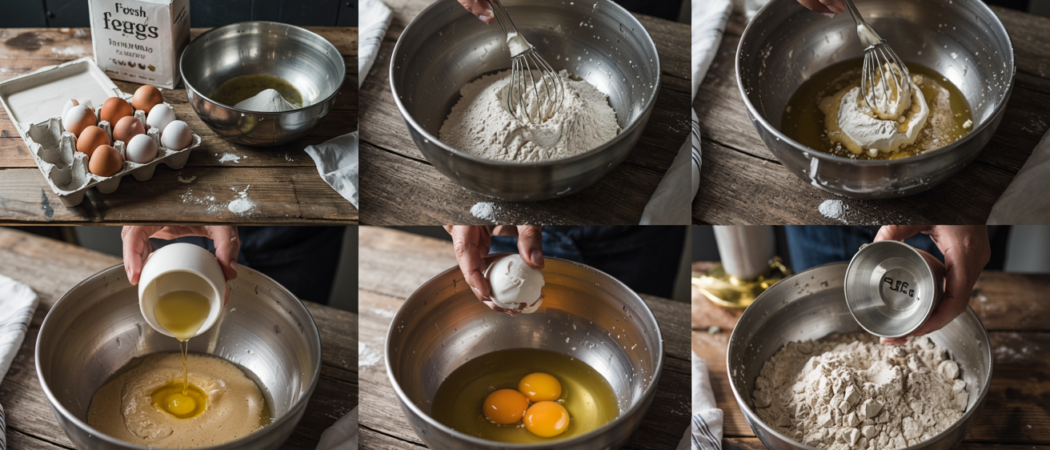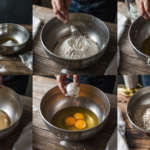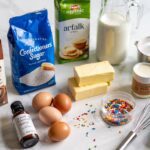Cake making is more than following a recipe — it’s a delicate balance between science and creativity. Behind every slice of perfectly baked cake lies a process that requires care, precision, and a deep understanding of ingredients and technique.
1. The Foundation: Measuring with Accuracy
The foundation of any cake begins with correct measurements. Baking is a science — even a small variation in flour or baking powder can affect texture, rise, and flavor. Professional bakers treat each measurement as sacred, often using kitchen scales instead of relying solely on cups or spoons.
2. The Chemistry of Mixing
The order in which ingredients are combined matters. Creaming butter and sugar incorporates air, helping the cake rise. Overmixing, however, can develop too much gluten and make the cake dense. Each stage — from combining wet and dry ingredients to folding in delicate elements like whipped egg whites or fruit — has its own rhythm.
3. Baking: Timing and Temperature
Once in the oven, temperature control is critical. A cake baked too quickly may rise and collapse. Too slowly, and it can dry out. The baker must know when to trust the timer and when to trust their instincts — the golden top, the springy touch, the clean toothpick.
4. Cooling & Finishing: Patience is Key
A hot cake can’t be frosted. Allowing it to cool properly ensures the structure sets and the flavors settle. Frosting, layering, and decorating follow — where artistry meets technical skill, and the cake transforms from a baked good to a showpiece.
Tips from Professional Bakers
- Use Ingredients at Room Temperature: Cold butter or eggs can prevent proper mixing and affect the cake’s texture. Let them sit out before you begin.
- Invest in Quality Bakeware: Even heating from good-quality pans can make a big difference in how evenly your cake bakes.
- Don’t Rush the Cooling Process: Always cool your cake on a wire rack before frosting. A warm cake will melt frosting and ruin the finish.
- Level Your Layers: Use a serrated knife or cake leveler to trim the tops for perfectly stacked, professional-looking cakes.
- Practice Mise en Place: Prepare and measure all ingredients beforehand — it helps avoid mistakes and keeps your workflow smooth.
Common Cake Baking Mistakes to Avoid
- Opening the Oven Door Too Early: This can cause the cake to collapse by letting out the hot air before the structure is set.
- Overmixing the Batter: This can lead to a tough, chewy cake. Mix just until everything is combined.
- Incorrect Oven Temperature: Always preheat your oven and use an oven thermometer if needed — many ovens run hotter or cooler than the dial suggests.
- Using Expired Leavening Agents: Old baking powder or soda won’t create the necessary rise. Check freshness dates regularly.
- Skipping the Sift: Sifting dry ingredients helps with even mixing and a lighter cake crumb. Don’t skip this easy step.
In the world of cake making, details matter. Every step, from measuring to mixing, baking to decorating, plays a role in the final creation. With a little knowledge, patience, and love — anyone can turn a handful of ingredients into a celebration on a plate.




